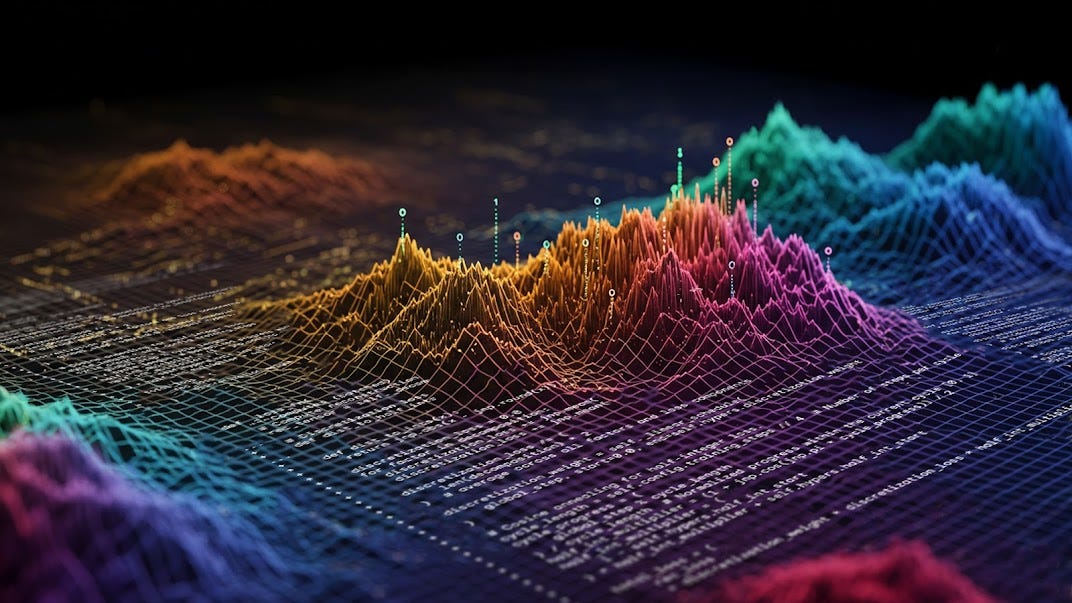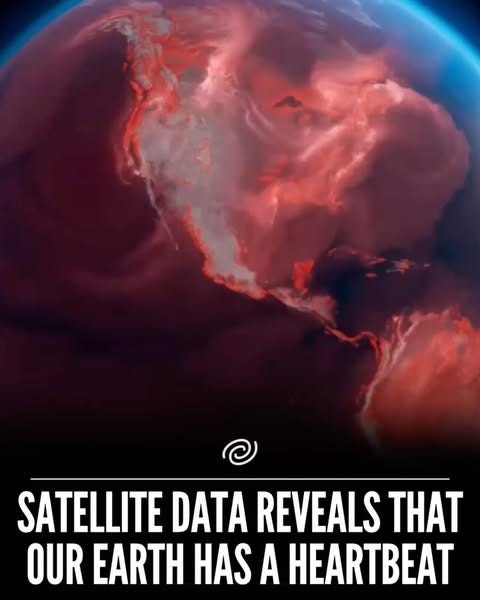Hermeus, AlphaEvolve, Gravity Generator, AI Scientist, Earth's Heartbeat - Speciale Focus #31
We are not the smartest anymore.
Hermeus Takes It’s First Flight - New Era in Transportation
Hermeus successfully conducted the first flight of its Quarterhorse Mk 1 remotely piloted aircraft on May 21, 2025, at Edwards Air Force Base in California. This flight is a key milestone in Hermeus's goal to develop high-Mach and hypersonic aircraft. The flight validated design and performance models, including aerodynamics, stability, and control.
Google Deepmind’s AlphaEvolve - We Are NOT The Smartest Anymore!
DeepMind’s AlphaEvolve combines Gemini’s coding power with evolutionary search to design algorithms that outperform human-crafted ones. It produced provably novel solutions in data center scheduling, chip design, and even improved on the 56-year-old Strassen matrix multiplication method. These breakthroughs are not just remixes of training data—they represent genuinely new discoveries, validated through rigorous testing.
Experts see this as a major leap: AlphaEvolve shows that AI agents can go beyond suggestion tools and become true collaborators in science and engineering. While its current success lies in well-scoped problems, the implications for innovation across fields—like software, hardware, and even scientific research—are profound. Read more.
Two Blackholes Merging - Just Watch!
The first direct observation of gravitational waves captured the merging of two black holes which emitted 36 septillion yottawatts of power (3.6×10⁴⁹ watts), greater than the combined power of all light radiated by all the stars in the observable universe. Say no more.
AI Scientist. Say No More.
FutureHouse has announced a groundbreaking discovery made by its AI scientist, Robin — a multi-agent system that autonomously performed every in-silico step of scientific research (hypothesis generation, experimental planning, data analysis, and figure generation) to identify Ripasudil, a ROCK inhibitor, as a promising new treatment for dry age-related macular degeneration (AMD), a leading cause of blindness.
Robin, composed of agents Crow, Falcon, and Finch, collaborated with human researchers in a “lab-in-the-loop” process, completing the project in just 10 weeks. This marks the first known instance of a closed-loop AI-driven scientific discovery in the natural sciences. While validation in human trials is still needed, experts have confirmed the novelty of the hypothesis. Code and data will be open-sourced next week. Read more.
Earth Has a Heartbeat?
The YOU:MATTER exhibit at the National Science and Media Museum, created by Marshmallow Laser Feast in partnership with Bradford 2025, uses immersive art to show how everything on Earth is interconnected — including us. At its core is a powerful narrative: satellites let us see Earth’s hidden biological rhythms. They track a faint glow called solar-induced chlorophyll fluorescence (SIF) — emitted by plants during photosynthesis — which reveals how actively vegetation is absorbing carbon dioxide from the atmosphere.
Alongside SIF, tools like the Vegetation Greenness Index, derived from near-infrared sensing, help monitor plant health and carbon cycles globally. Agencies like NASA, NOAA, JPL, and Caltech rely on data from satellites such as OCO-2, OCO-3, GOSAT, and Sentinel to study Earth’s living systems in real time. This fusion of science and art not only makes these complex processes visible but also deepens public understanding of our planet as a dynamic, interconnected organism.
That’s it folks. We’ll leave you with this for the month and come back soon with another set of wow reads specially curated for the curious you!
Until then, Team Speciale signing off!





